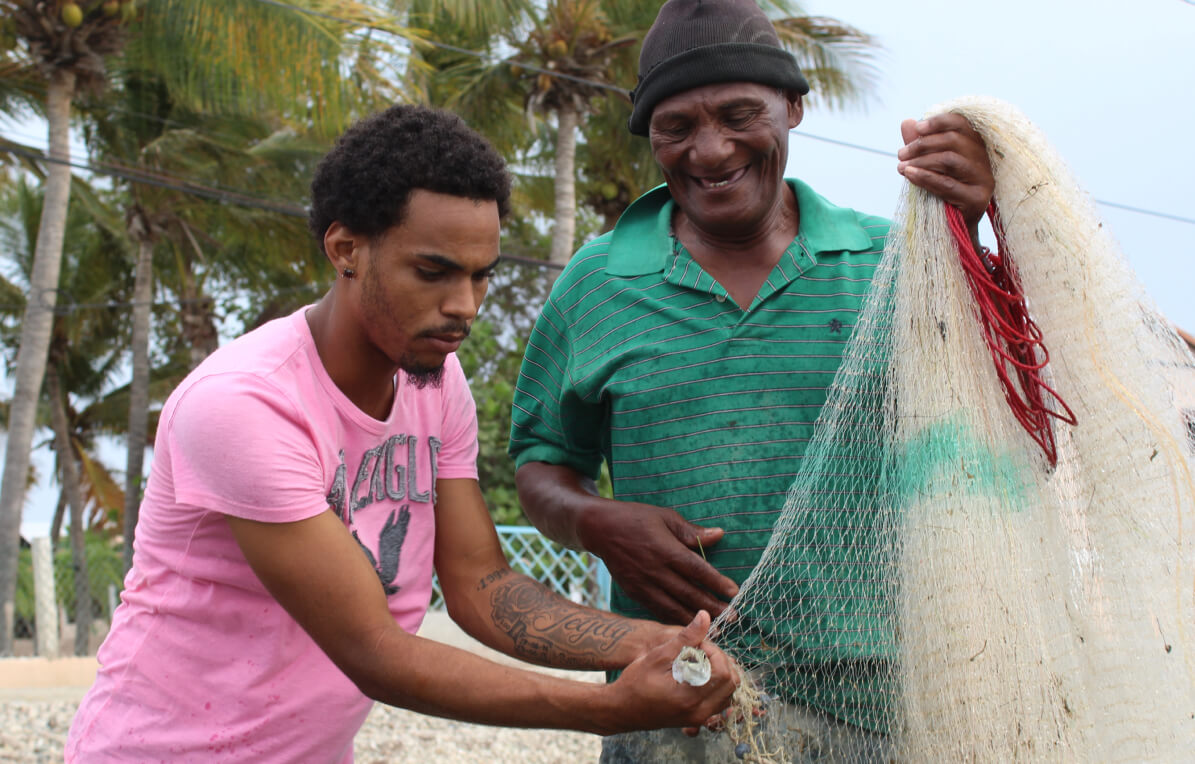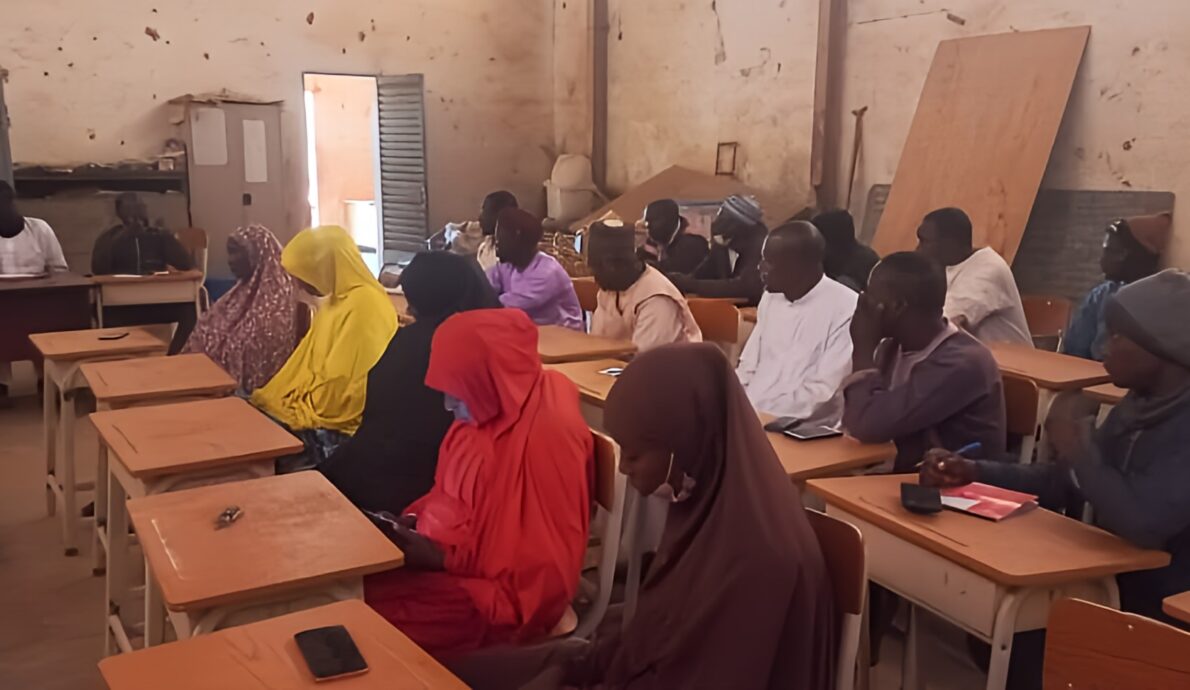This blog is part of a series of articles written by Georgetown University graduate students enrolled in a Gender and Terrorism course, published as part of Counterpart’s Next Generation in Thought Leadership initiative. The opinions expressed in this article are the author’s and do not express the views or opinions of Counterpart International.
As the United States persuades several Arab nations to normalize relations with Israel, and the U.S. attempts to pivot away from military engagement in the Middle East, there may be a misperception that counterterrorism will no longer be important for American security. However, we must move beyond a stereotypical view of terrorism focused on violent extremist Islamists, and adopt a more comprehensive view that takes into account domestic extremism and home-grown terrorists. As the next administration develops its Countering Violent Extremism (CVE) strategy, it is critical to build up community capacities to prevent radicalization. One foundational element we must take is to push for better representation and empowerment of women in domestic law enforcement.
According to the FBI’s report 2019 Crime in the United States, women represented just 27.2% of total law enforcement employees; the percentage drops to 12.8% when you consider just law enforcement officers. This grim lack of gender parity—which has not improved significantly since the Clinton administration—has implications beyond the glass ceiling. The lack of representation and advancement of women in U.S. law enforcement limits agencies’ ability to effectively detect and prevent domestic terrorism. Notably, women police officers strengthen American counterterrorism and CVE initiatives in several ways:
- Families are generally more willing to open up and share information with female agents than male agents, and to view women officers as friendly.
- Women officers are generally more effective at building trust with girls and women who have family members or friends who show signs of radicalization, and who can counter the spread of violent extremism.
- Women are generally more effective at building trust with girls and women who are themselves becoming radicalized or are drawn to an extremist ideology.
- Women are a critical component of undercover work and the detection of potential terrorist groups.
- Female officers have better access that male officers do not have to more female-dominated community spheres, including majority female workplaces, schools, and community groups.
- Female officers are regularly underestimated by potential offenders, leading to advantages in obtaining information and surveillance regarding individual and group radicalization.
- Terrorist activities affect women and men differently, thus female officers are better equipped to identify and recognize specific gendered effects of radicalization in a community.
- As women are specifically targeted by several forms of extremism, women officers have more incentive to report and stand up to violent extremism as well as mobilize their communities.
- Female officers can combat bias in law enforcement to treat women involved in terrorism differently, including during investigations and prosecution.
- Women are able to identify gender-related blind spots regarding extremist groups in male-dominated agencies.
- Ultimately, law enforcement agencies that do not resemble or represent the population’s they serve risk losing the trust of those communities.
Many of the above positive effects of women in law enforcement are not just relevant to counter-terrorism units or activities, but applicable across law enforcement agencies. This conclusion leads us to an important question: how does the U.S. begin to tackle what seems like an intractable problem of dismal representation of women in its local, state, and federal law enforcement agencies? Importantly, how do these agencies attract, retain, and advance women officers so the U.S. can utilize their distinctive capabilities to prevent violent extremism? A survey of current and former law enforcement officers by POLITICO gathered the following suggestions:
- Create special women-only recruitment advertisement campaigns in the media to increase job applications from women.
- Visit women’s colleges and athletic competitions during recruitment campaigns.
- Increase recruitment efforts towards female military veterans.
- Change the militaristic culture of police academies to be more flexible regarding time-commitments and more focused on collaborative learning and a social-work mindset as a service worker to communities.
- Create programs for girls to become involved in emergency services and gain skills relating to law enforcement.
- Make increasing women’s representation a priority of agencies’ leadership – there needs to be support from the top.
- Create mentor programs for female recruits, with supportive and successful officers of all genders.
- Embrace family-friendly policies, including abolishing mandatory shifts and permanent relocation assignments.
We know that increasing women’s representation into law enforcement is possible through the success of innovative departments like Madison, Michigan’s Police Department. As early as 2000, this police department increased women’s representation in its force to approximately 30%. In short, American law enforcement’s gender problem is solvable.
If we can extend this success into other local departments and federal agencies, America will be better equipped to detect and prevent home-grown terrorism. However, without progress and initiatives to increase women’s representation and empowerment in law enforcement, the U.S. will continue to face difficulties in countering radicalization within our own communities. As domestic terrorist groups develop innovative ways to radicalize and recruit, law enforcement must be just as willing to adapt and modernize. Increasing the representation of women officers in law enforcement agencies should




